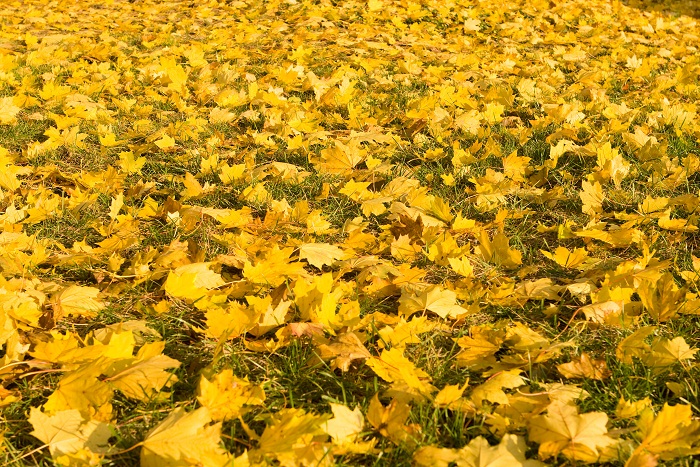Norway maple leaves have many special characteristics. To find out more about this read our guide for facts & information…
The Norway maple tree is non-native to the United States although it grows throughout Europe from Norway to Turkey. Originally imported in Philadelphia in 1792, the Norway maple was discovered to be an invasive species in the early 1900s. It tolerates shade well and has shallow roots which compete with other species for nutrients. It has displaced native species in many urban and suburban forests.
Identifying Norway Maple Leaves
As with other species of maple, the Norway maple has leaves with five to seven lobes. Unlike native species such as the sugar maple, the Norway maple leaf measurements are greater at the width than the length. Native sugar maples have leaves which are longer than they are wide. The leaves are dark green in color with a pale green underside and remain green into early November. In late autumn, the leaves change to a bright yellow color. The leaves ooze a milky sap from the stem and veins when broken and they are the only maple tree leaves in North America with this characteristic.
Other Characteristics of the Norway Maple Tree
With heights of up to 70 feet at maturity, the Norway maple has an extremely dense canopy which provides excellent shade. The branch spread can also reach 70 feet at maturity and it has a broad, round crown. Trunk diameters can be six to seven feet in older well established trees. In native forests, the dense shade provided by the Norway maple prevents the growth of smaller native plants, but maple seedlings are extremely tolerant of shade and will grow in this environment crowding out native trees. The bark of the Norway maple is smooth and gray brown and it is most invasive in the southern United States.
Seed Pods
Only the female Norway maple produces seed pods in the late spring. Male trees produce pollen from yellow green blossoms which is carried by insects to female trees. Female trees produce double samara pods with wings that are almost 180 degrees apart. The seeds are dispersed by wind and do not mature until early autumn.
The easiest time to identify Norway maple leaves is in November when their bright yellow color distinguishes them from surrounding trees. The milky sap which is discharged from broken leaves may be less apparent during the late fall months when the tree is about to become dormant. In summer, the easiest way to identify Norway maple leaves is by measuring the length and the width of the leaves.





